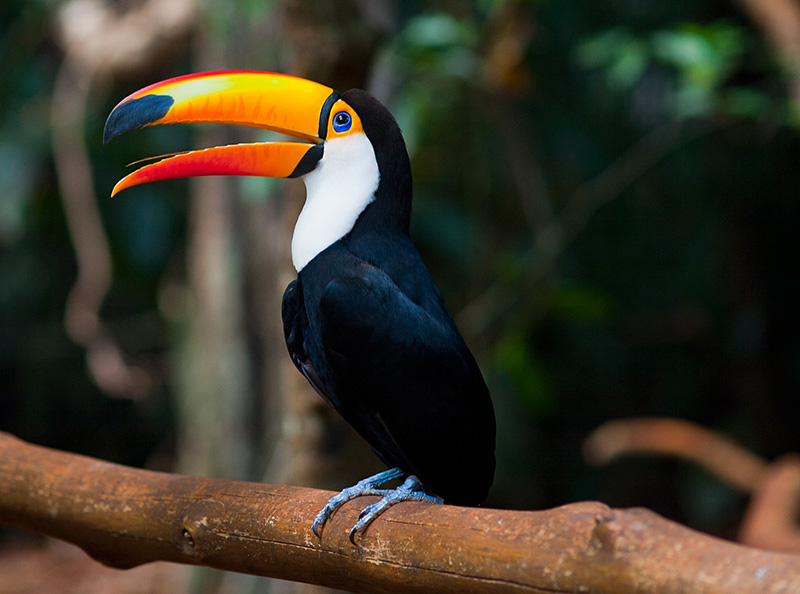Amazon Rainforest Residents
Jaguar
- The Amazon rainforest, a vast emerald tapestry teeming with life, harbors an incredible diversity of animal inhabitants.
- Among these extraordinary creatures, the jaguar (Panthera onca) reigns supreme as an apex predator, embodying both power and grace.
- A magnificent feline draped in rosettes of black against a tawny coat, the jaguar is perfectly adapted to its lush surroundings.
- Its muscular physique, powerful jaws, and sharp claws make it a formidable hunter, capable of taking down prey as large as caiman and tapir.
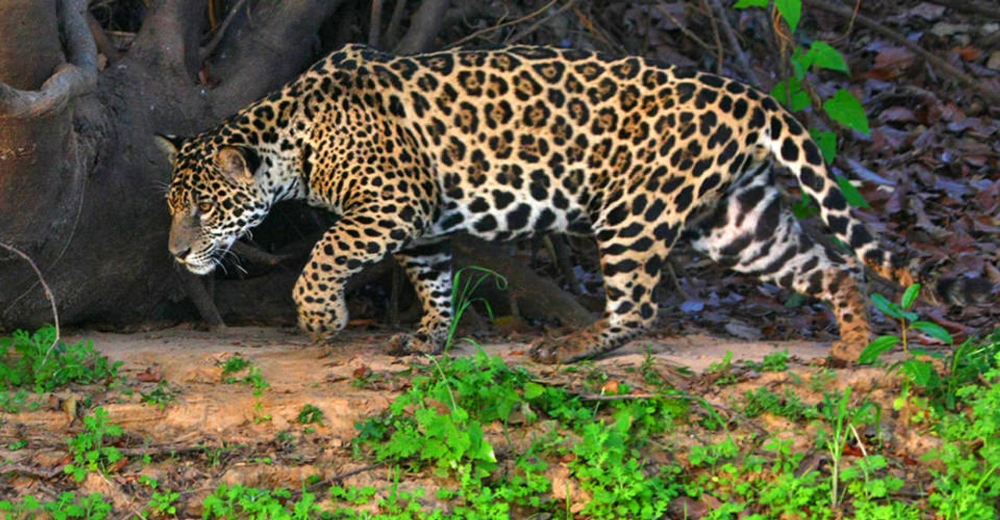
- Jaguars are solitary creatures, fiercely territorial and nocturnal by nature, preferring to hunt under the cover of darkness.
- Their keen eyesight and exceptional hearing allow them to detect even the faintest rustle in the undergrowth, while their stealthy movements make them virtually invisible to unsuspecting prey.
- The jaguar plays a crucial role in maintaining the delicate balance of the rainforest ecosystem. By regulating populations of herbivores and other predators, it ensures the health and diversity of the entire food web.
- Unfortunately, habitat loss, poaching, and human-wildlife conflict pose serious threats to this magnificent species.
- Conservation efforts are underway to protect jaguars and their dwindling rainforest habitats, ensuring that future generations can marvel at these elusive creatures in their natural splendor.
Harpy Eagle
Nestled deep within the heart of South America lies one of the most biodiverse regions on Earth, the Amazon Rainforest. This sprawling expanse of lush greenery teems with life, home to a staggering array of creatures both magnificent and unique.
Among the many fascinating residents of this emerald paradise is the Harpy Eagle (Harpia harpyja), an apex predator that reigns supreme in the forest canopy.
Physical Characteristics:
- Towering Stature: Harpy Eagles are truly giants among birds of prey, with females reaching up to 3 feet in length and males slightly smaller.
- Massive Talons: Their most striking feature is their powerful talons, capable of exerting a crushing grip that can take down prey as large as sloths, monkeys, and even young deer.
- Sharp Beaks: A hooked beak, serrated like a knife, delivers a deadly blow to subdue their quarry.
- Distinctive Plumage: Their plumage is predominantly dark brown with striking white patches on the underside of their wings, lending them a regal appearance.
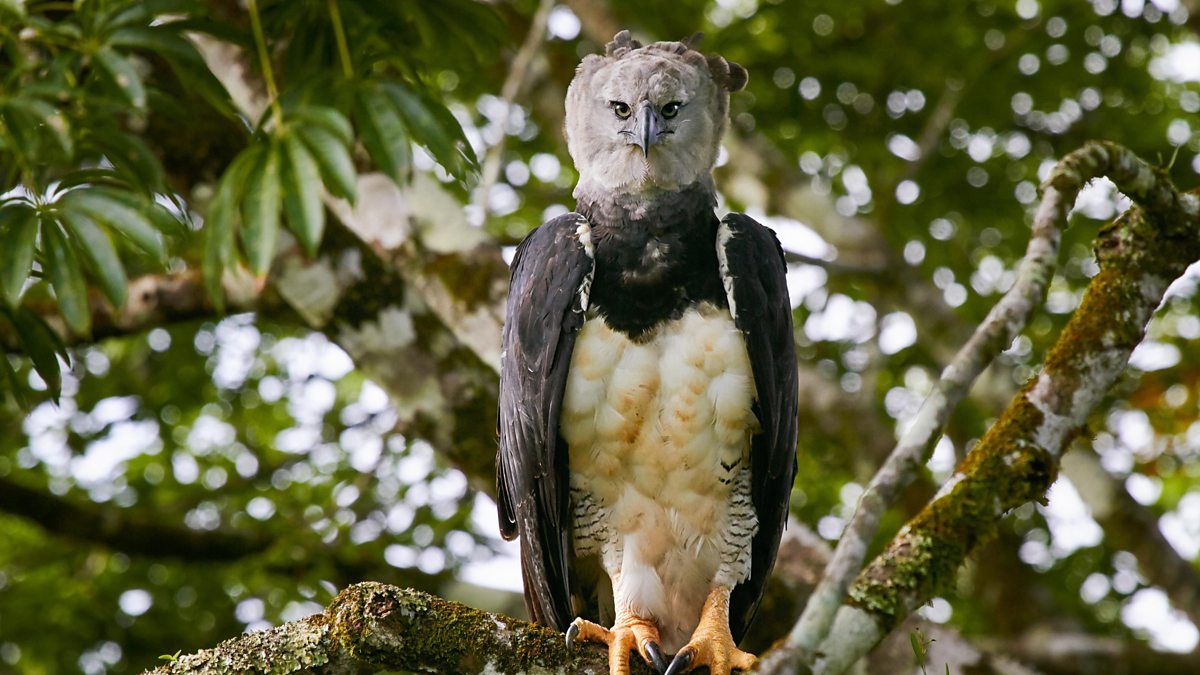
Hunting Prowess:
Harpy Eagles are solitary hunters who rely on stealth and ambush tactics. They soar high above the forest canopy, scanning for potential prey with their exceptional eyesight. Once a target is spotted, they plummet from the sky at incredible speeds, using their powerful talons to snatch their unsuspecting victim.
Breeding Habits:
These majestic birds form monogamous pairs and build large nests high in the trees. The female typically lays two eggs, which are incubated for about 56 days. Both parents share the responsibility of caring for their young, feeding them regurgitated food until they are ready to hunt independently.
Conservation Status:
Harpy Eagles are classified as Near Threatened by the International Union for Conservation of Nature (IUCN). Habitat loss and degradation due to deforestation, along with hunting and the illegal pet trade, pose significant threats to their survival.
Poison Dart Frog
The Amazon rainforest, a vast expanse teeming with life, is home to an incredible diversity of animal species. Among its most captivating residents are the poison dart frogs.
These brightly colored amphibians, belonging to the family Dendrobatidae, are renowned for their toxic skin secretions. These secretions, produced by glands in their skin, contain potent alkaloids that can be lethal to predators and even humans.
Poison dart frogs inhabit the humid understory of the rainforest, often residing near streams and ponds. They are primarily terrestrial, but some species are known to climb trees.
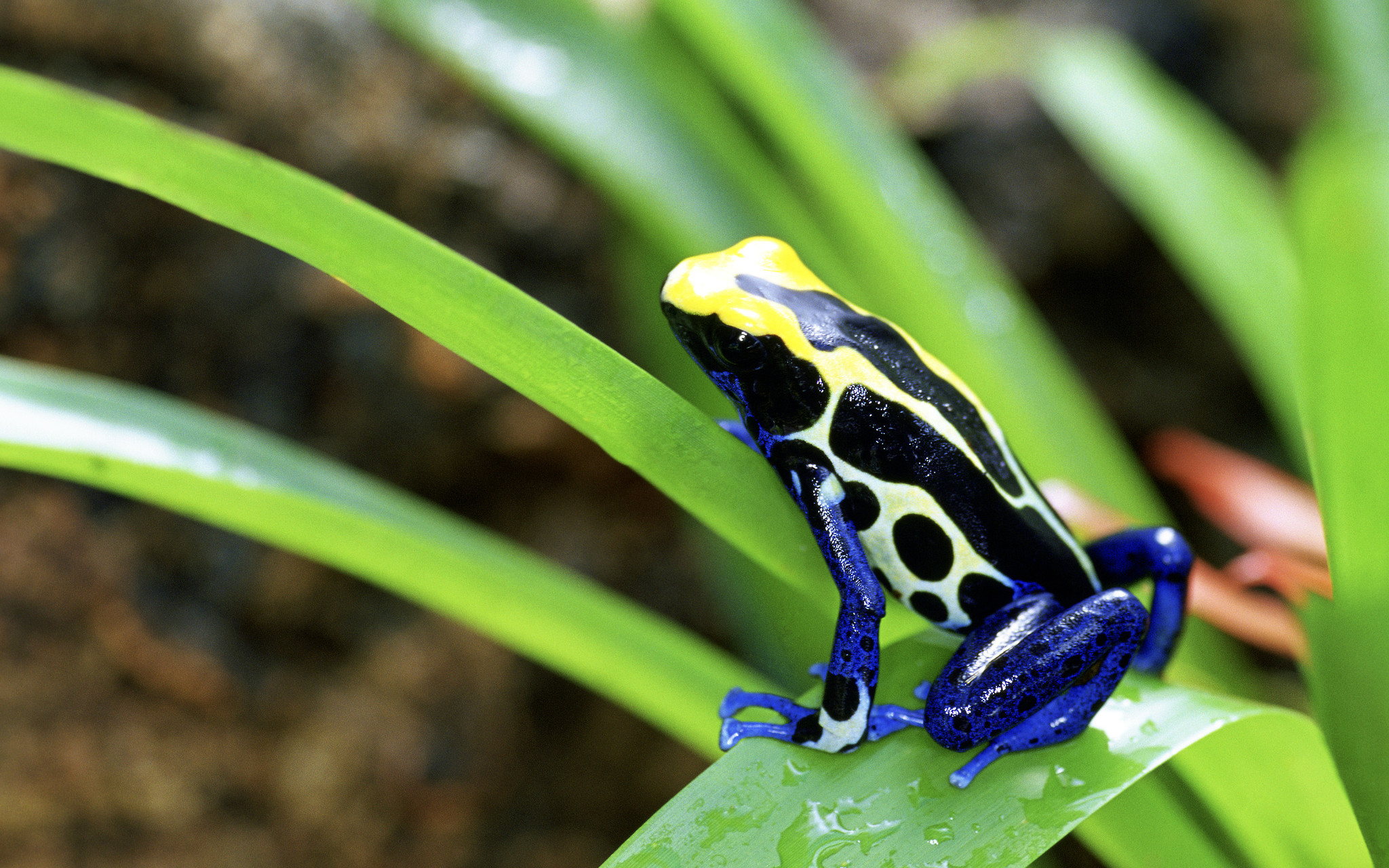
These small frogs, typically measuring 1 to 2 inches in length, display an astonishing array of colors and patterns. Their vibrant hues serve as a warning to potential predators, advertising their toxicity.
The specific toxins produced by poison dart frogs vary depending on the species. Some contain batrachotoxin, one of the most potent neurotoxins known.
Indigenous peoples of the Amazon have traditionally utilized the skin secretions of certain poison dart frog species to coat the tips of their blowgun darts for hunting.
Despite their toxicity, poison dart frogs play an important role in the rainforest ecosystem. They prey on insects and other small invertebrates, helping to control populations.
Conservation efforts are crucial to protect these fascinating creatures from habitat loss, pollution, and the illegal pet trade.
Atlantic Forest Fauna
Capybara
The Atlantic Forest is a vibrant and biodiverse ecosystem found along the southeastern coast of Brazil. This once expansive forest has sadly been heavily fragmented due to deforestation, leaving behind isolated pockets of this unique habitat.
Despite these challenges, the Atlantic Forest teems with an incredible array of wildlife. Among the most recognizable inhabitants is the capybara, the world’s largest rodent.
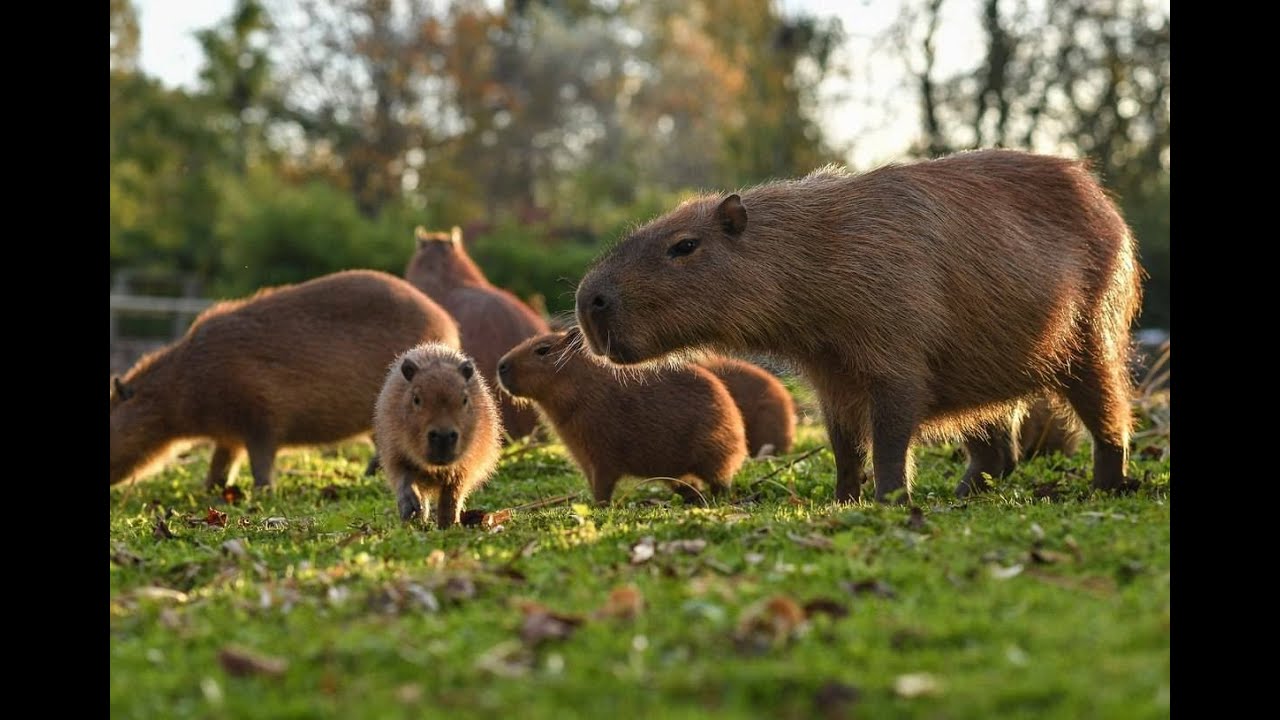
These semi-aquatic creatures are perfectly adapted to their rainforest surroundings. Their webbed feet allow them to swim with ease, while their thick fur provides insulation in both warm and cool temperatures.
Capybaras are herbivores, primarily feeding on grasses, aquatic plants, and fruits. They often congregate in large groups called herds, which can number up to 100 individuals. These social animals communicate through a variety of sounds, including whistles, barks, and purrs.
Their playful nature and gentle demeanor make them popular attractions at wildlife parks and sanctuaries throughout Brazil. Capybaras are considered an important indicator species for the health of the Atlantic Forest ecosystem. Their presence suggests a thriving environment with sufficient food and water resources.
Three-toed Sloth
The Atlantic Forest, once stretching over vast swathes of southeastern Brazil, is a biodiversity hotspot harboring a wealth of unique and fascinating fauna.
Unfortunately, much of this precious ecosystem has been lost to deforestation, leaving behind fragmented patches struggling to support the incredible array of life that once thrived there.
One such remarkable inhabitant, clinging tenaciously to existence, is the three-toed sloth (Bradypus variegatus).
These slow-moving creatures are perfectly adapted to their arboreal lifestyle, spending most of their lives suspended upside down in the forest canopy.
Their long, curved claws allow them to grip branches effortlessly, while their thick fur provides insulation and camouflage amidst the leafy foliage.
Sloths are incredibly efficient herbivores, subsisting primarily on tender leaves, buds, and fruit they glean from their arboreal surroundings.
Their digestive system is remarkably slow, taking several days to process a single meal.
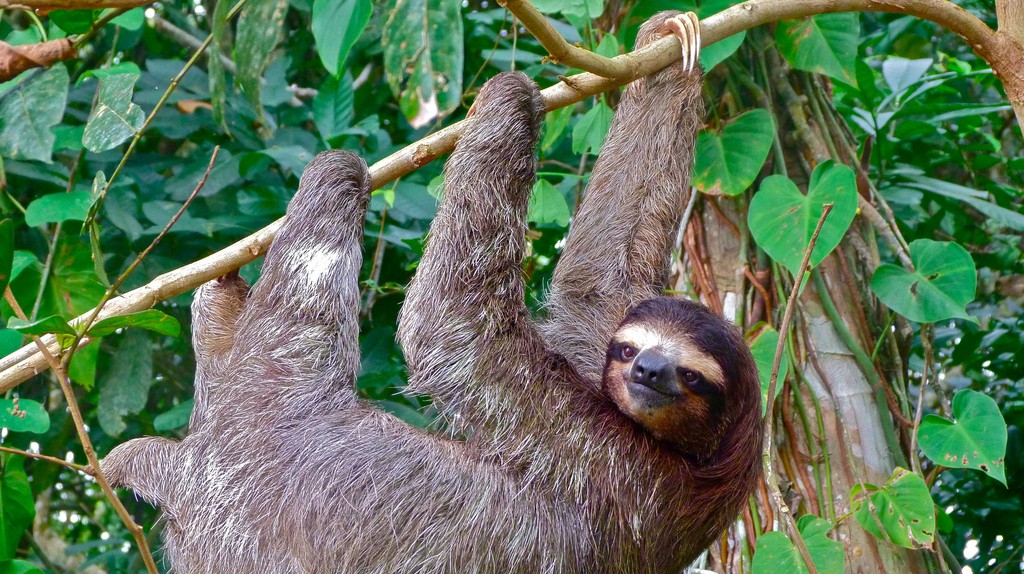
This leisurely pace contributes to their reputation for being the slowest mammals on Earth, moving at an average speed of just a few meters per day.
Despite their seemingly languid existence, three-toed sloths are surprisingly adept at avoiding predators. Their cryptic coloration helps them blend seamlessly with the bark of trees, while their slow movements and low metabolic rate make them less appealing to potential hunters.
Furthermore, they possess powerful claws that can inflict a painful scratch if threatened.
Sadly, habitat loss and hunting continue to threaten the survival of these captivating creatures.
Conservation efforts are crucial to ensure their long-term existence within the fragmented remnants of the Atlantic Forest.
Southern muriqui monkey
- The Atlantic Forest, once a vast expanse stretching along the Brazilian coast, is renowned for its incredible biodiversity. Despite facing significant deforestation and habitat loss, this unique ecosystem still harbors a remarkable array of fauna.
- One such fascinating creature is the southern muriqui monkey (Brachyteles arachnoides), an endangered primate found exclusively in the Atlantic Forest.
- These impressive monkeys are easily recognizable by their long limbs and prehensile tails, which allow them to navigate the canopy with ease.
Here are some interesting facts about the Southern Muriqui Monkey:
Size and Appearance
Southern muriquis are among the largest monkeys in the world, with males reaching up to 70 centimeters in length and females slightly smaller. They possess reddish-brown fur on their bodies, a distinctive black face, and long limbs designed for brachiation (swinging through trees).
Diet
These primates are primarily herbivorous, feeding mainly on fruits, leaves, and flowers found in the Atlantic Forest canopy.
Social Structure
Muriquis live in tightly knit family groups consisting of a dominant male, several females, and their young. These social bonds are vital for their survival and the protection of their offspring.
Sadly, habitat loss due to deforestation poses the greatest threat to the southern muriqui monkey’s continued existence. Their restricted range makes them particularly vulnerable. Conservation efforts focus on protecting remaining forest patches, promoting sustainable land-use practices, and raising awareness about this magnificent primate’s plight.
Brazilian Pantanal Wonders
Giant Anteater
Nestled within the heart of South America lies a vast and vibrant ecosystem known as the Brazilian Pantanal. This sprawling wetland, spanning across parts of Brazil, Bolivia, and Paraguay, is a veritable treasure trove of biodiversity, home to an incredible array of animal life.
Amongst this fascinating fauna, the Giant Anteater stands out as a truly remarkable creature. A testament to nature’s ingenuity, this gentle giant possesses a suite of unique adaptations that allow it to thrive in the Pantanal’s diverse habitats.
Towering at up to 6 feet in length and weighing over 100 pounds, the Giant Anteater is instantly recognizable by its elongated snout and powerful claws. Its sticky tongue, extending a remarkable 2 feet in length, is perfectly designed for slurping up ants and termites – its primary food sources.

The anteater’s dense fur provides excellent camouflage amidst the Pantanal’s dense vegetation. It also possesses incredibly sensitive whiskers that help it detect even the faintest tremors of insect activity within its prey’s mounds.
Despite their formidable size, Giant Anteaters are gentle creatures and pose no threat to humans. They are solitary animals, typically wandering vast distances in search of food. The Pantanal provides a haven for these majestic creatures, allowing them to play a vital role in the intricate web of life within this extraordinary ecosystem.
Tapir
The Brazilian Pantanal is a vast wetland teeming with life, home to an incredible array of species. It’s one of the most important biodiversity hotspots on Earth.
Among its diverse inhabitants is the tapir, a truly fascinating and unique creature.
- The Brazilian Tapir (Tapirus terrestris) is the largest land mammal native to South America.
- These gentle giants can grow up to 8 feet long and weigh over 600 pounds.
- They are herbivores with prehensile snouts, incredibly flexible noses that act like extra hands for reaching food.
- Tapirs play a crucial role in the Pantanal ecosystem. Their foraging habits help to disperse seeds and maintain plant diversity.
- They are also an important food source for larger predators, such as jaguars and caimans.
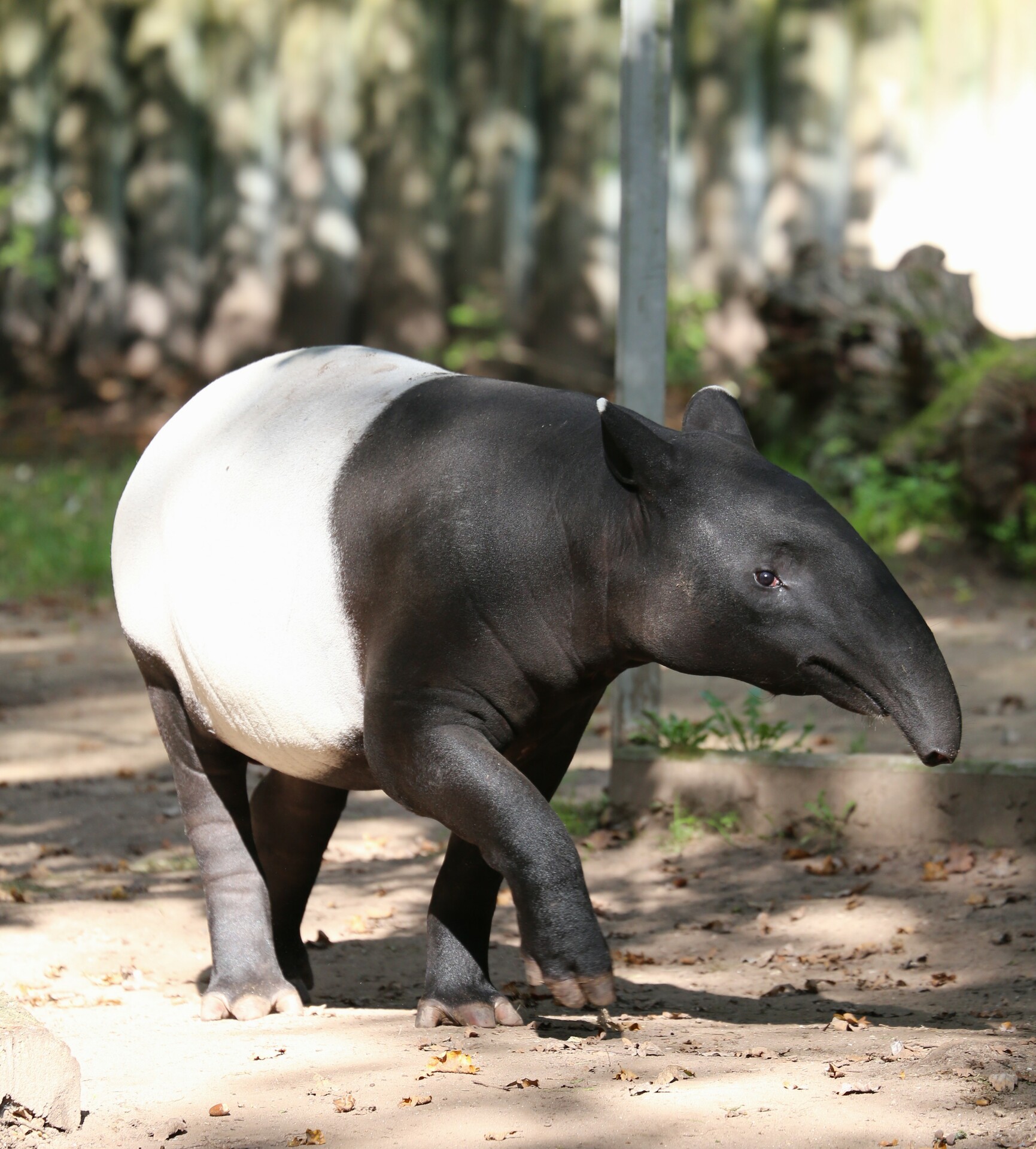
Despite their size and herbivorous nature, tapirs face several threats in the Pantanal, including habitat loss due to deforestation and agriculture.
Conservation efforts are underway to protect these magnificent animals and their vital role in this unique and beautiful ecosystem.
Caiman
In the heart of South America lies the Pantanal, a vast wetland teeming with life, often dubbed “the world’s largest tropical wetland.” This biodiversity hotspot is home to an astounding array of animals, including the iconic caiman.
Caimans are formidable reptiles belonging to the crocodilian family. While they share similarities with their larger cousins, alligators, they possess distinct features that set them apart. Caimans typically have narrower snouts and more rounded teeth compared to the pointed snouts and interlocking teeth of alligators.
Within the Pantanal’s sprawling waterways and flooded grasslands, caimans thrive in a variety of habitats, from sluggish rivers to marshy forests. Their streamlined bodies are perfectly adapted for aquatic life, allowing them to effortlessly navigate the labyrinthine channels and hidden lagoons of this unique ecosystem.
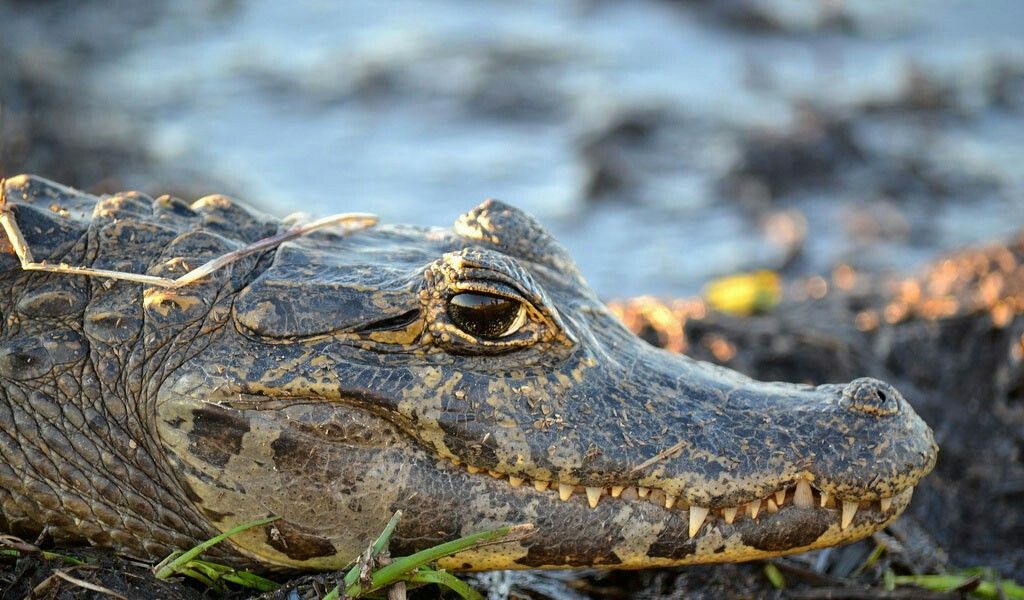
These ambush predators lurk patiently beneath the murky water’s surface, relying on their keen eyesight and exceptional camouflage to blend seamlessly with the surroundings. When prey comes within striking distance – be it fish, birds, or even small mammals – they launch a lightning-fast attack with a powerful snap of their jaws.
Caimans play a crucial role in maintaining the delicate balance of the Pantanal’s food web. As apex predators, they regulate populations of other animals, ensuring a healthy and vibrant ecosystem.
Their presence is a testament to the incredible biodiversity found within this South American wilderness, a reminder of the importance of conservation efforts aimed at protecting these remarkable creatures and their irreplaceable habitat.
- 10 Biggest Urban Parks In The World - September 30, 2024
- 10 Animals Found In Brazil - September 29, 2024
- The Best Small Towns To Retire In Virginia - September 21, 2024

